A Guide to Traffic Lights
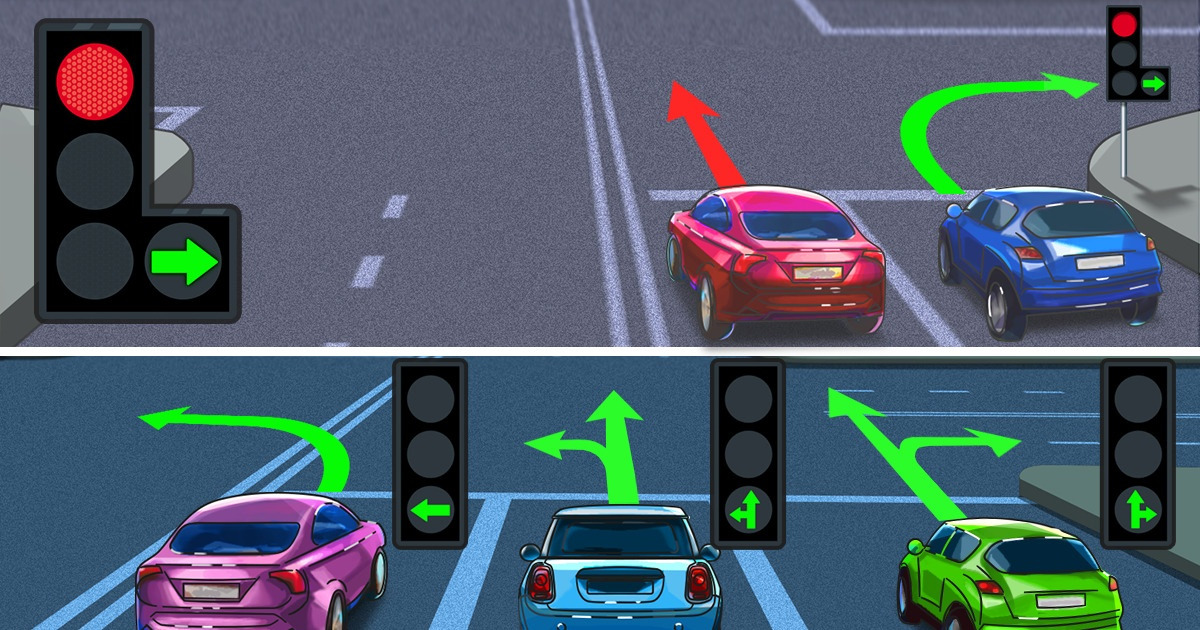
It’s hard to imagine modern roads without traffic lights, as they are the main means of controlling flows of traffic. However, there are different types of traffic lights that serve different purposes.
5-Minute Crafts would like to tell you about different types of traffic lights and explain the purpose of each of them.
Classic traffic light
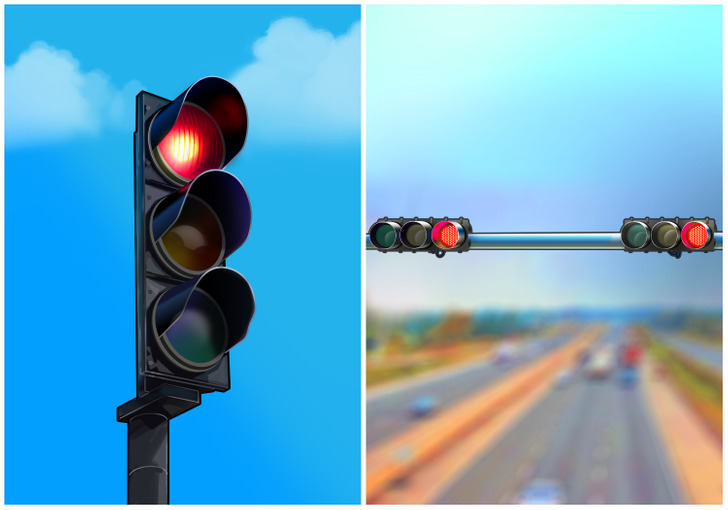
A classic traffic light has 3 colors: red, yellow, and green.
Such traffic lights can be installed both vertically and horizontally and are located at intersections. They are designed to regulate the simultaneous passage of all types of transport in all permitted directions.
Also, the installation of such a traffic light is allowed at railway crossings in settlements, at the intersection of a road with tram tracks, and in front of a cycle path.
Traffic lights for pedestrians
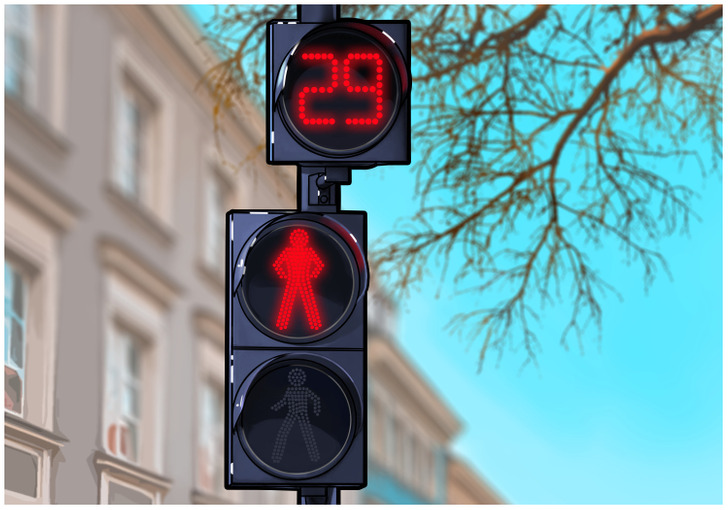
Traffic lights for pedestrians usually have only 2 signals: green and red, the first one permits, and the second one prohibits. The signals can have different shapes, but most often they are depicted as a standing and walking person.
Traffic lights equipped with a special button are installed on highways with busy traffic. With its help, a pedestrian can change the red signal to a green one and cross the road at a certain time. For convenience, modern traffic lights for pedestrians are equipped with a digital time display. Also, a sound device can be built into the traffic light to help blind pedestrians understand when to start walking.
Traffic lights with an additional section
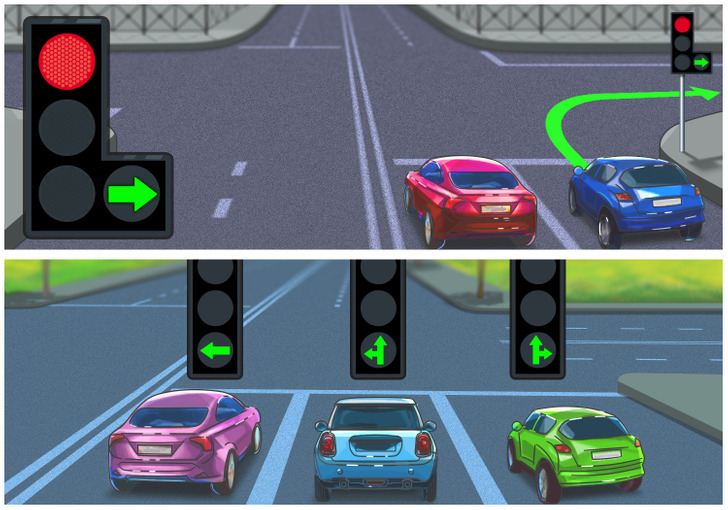
Traffic lights can be equipped with an additional section with an arrow. The main signals of such a traffic light allow movement in one direction only, and additional sections regulate movement in other directions.
There are 2 types of this kind of traffic light:
- A traffic light with an additional signal in the form of a green arrow — this arrow indicates in which direction you are allowed to drive. If the green arrow is on, it means that driving in the indicated direction is possible at any second, regardless of what signal is on in the main section of the traffic light.
- If it’s necessary to establish conflict-free traffic at intersections, each lane will be assigned its own traffic light, equipped with its own additional green arrow. If a green arrow lights up at one of these traffic lights, it means that vehicles located in the indicated lane can start moving.
A traffic light with 2 sections, or a single-section traffic light
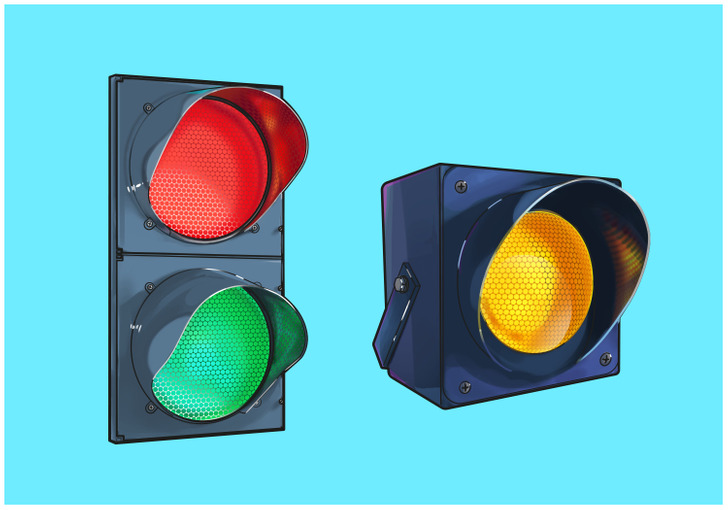
Traffic lights with 2 sections are used to regulate traffic flow on the territories of industrial enterprises and organizations. They are also used to organize single-lane traffic flow.
Single-section traffic lights are found at unregulated intersections and pedestrian crossings.
Reversible traffic lights
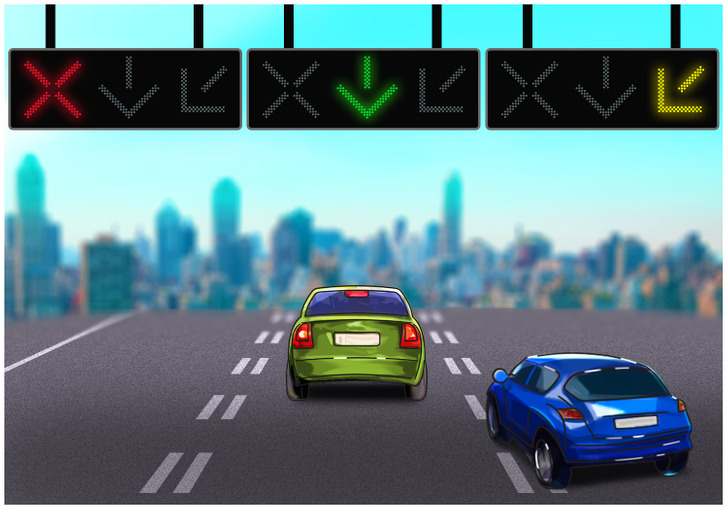
Reversible traffic lights are also used to regulate traffic flow on the road.
Such traffic lights have 2 or 3 signals:
- The red signal in the shape of the letter “X” prohibits movement in a certain lane.
- The green arrow pointing down allows movement.
- A diagonal yellow arrow signals that the lane mode has changed and shows in which direction you need to leave it.
Wig wag traffic light
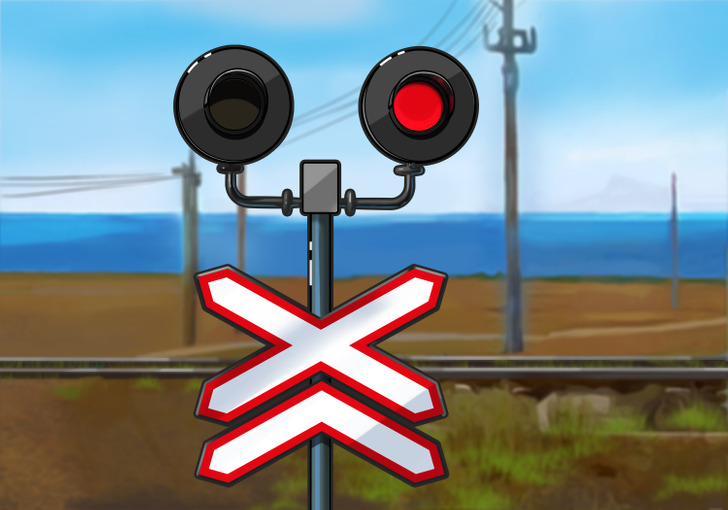
In most cases, such a traffic light is used at level and bridge crossings, along with emergency stations, such as fire or ambulance stations. The signal of this kind of traffic light is brighter and more noticeable than that of a classic one.
Such a traffic light can also be used in a traffic management system to control a facility or site. For example, it can be used in factories where the red signal may not always be visible due to the abundance of other signs.